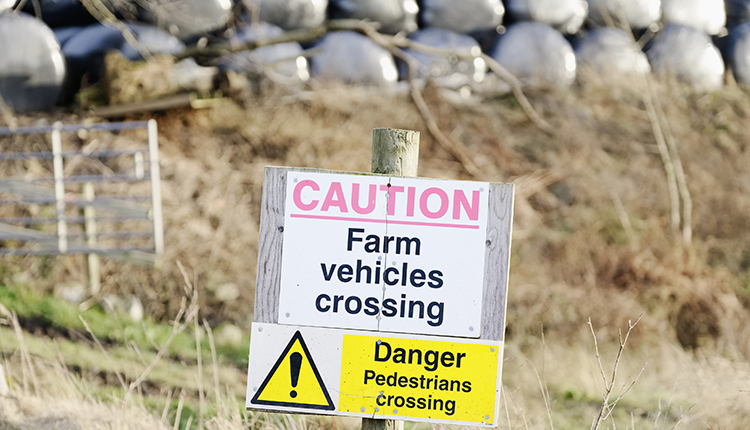
Growing up as a farm kid in Indiana, spring was my favorite time of the year. I spent April and May working on the farm, but I also spent a lot of time attending practices and activities surrounding “The greatest spectacle in racing,” the Indy 500! It was my experience going behind the scenes in the garages and “pits” of the track during pre-race practices that lured me to a career in safety.
Interestingly, no Indy 500 drivers have died during the race over the last 20 years, despite anywhere from 20 to 33 cars driving 500 miles around a track at speeds that exceed 230 mph. Meanwhile, 500 or more farmers and farm workers will die because of a work-related injury this year. Our safety record leaves a ton of room for improvement!
Be prepared, not rushed
Spring is a busy and equally exciting and fast-moving time in agriculture. Our April rains and May flowers also mean long hours as producers hustle to get fields planted and prepare for that first cutting. The stakes are high. It’s also a time when the hurry and rush lead to higher risks for serious injury.
As a farmer, just like an Indy or NASCAR racer would, make sure all equipment is in tip-top condition and ready to roll. Take a thoughtful stroll through the operator’s manuals for all machines like tractors, planters, and hay harvesting equipment. Pay strict attention to required maintenance and adjustments. Be sure to replace worn or damaged parts that could lead to a stressful and costly breakdown.
Start each morning with a daily walk-around and safety check, and make sure all hired employees are trained to do the same. Deaths and disabling injuries often occur when a frustrating breakdown occurs, adding to the rush and time pressures which contribute to mistakes that can have catastrophic consequences.
Ensure that all lights needed for safe highway travel are working: headlights, taillights, flashers, and turn signals. Also, replace any slow-moving vehicle emblems that are faded or missing. Take time ahead of time to make this year’s spring season a safe one.








